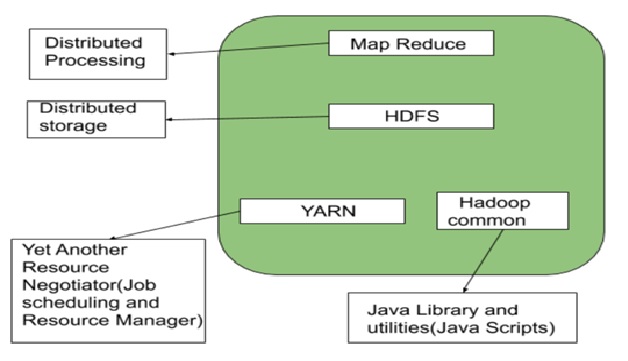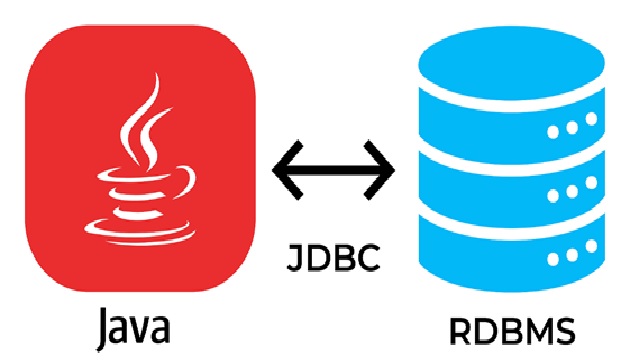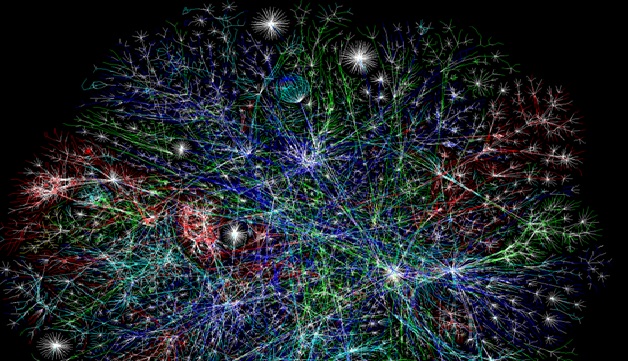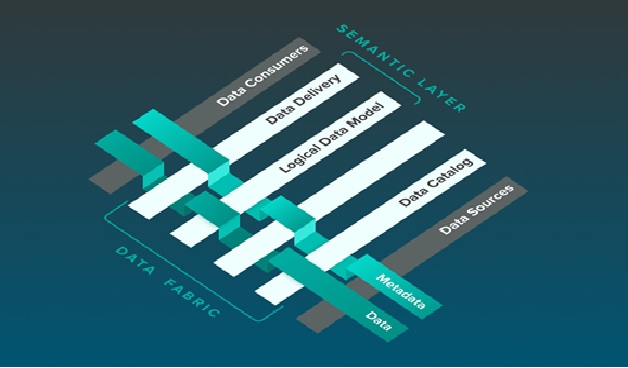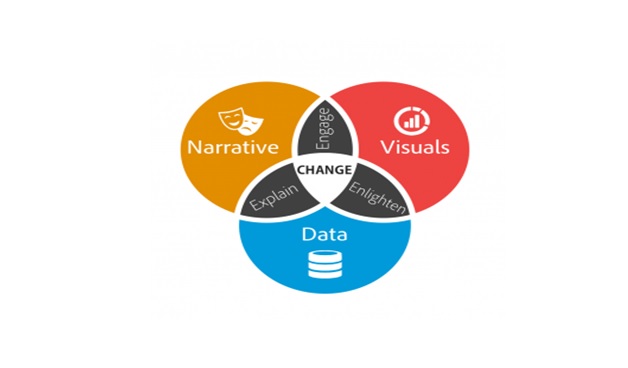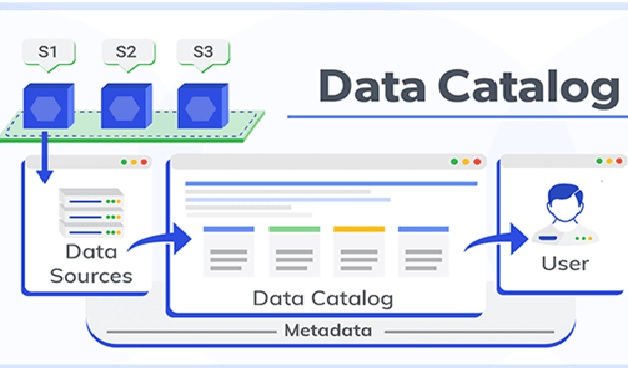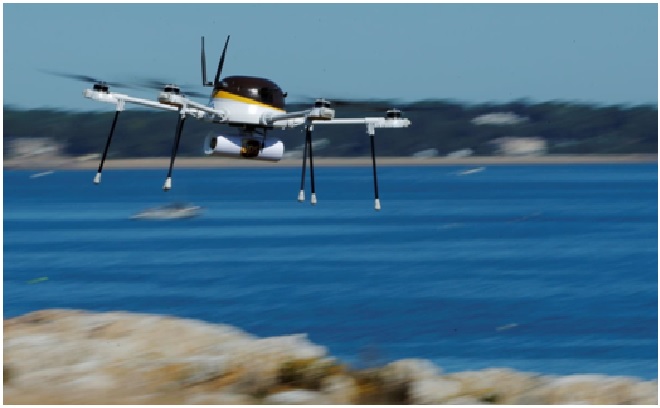ML Used to Predict the Age and Gender of Infant Using Temperature
A new study in PLOS ONE used machine learning to analyze temperament data on 4,438 babies in an attempt to classify the infants by gender and age. Research has investigated age and gender-based temperament differences in babies, and have looked at the two variables together. [1]
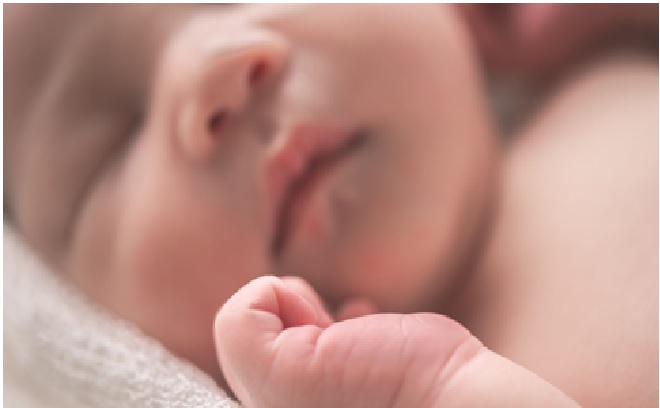
Figure 1: ML used to predict age and gender of an infant.
Figure 1 shows that the results indicate it is far easier for computer algorithms to determine the age of a baby than it is for them to decipher a baby’s gender based off temperament data during the infant’s first 48 weeks of life. [1]
The results indicate it is far easier for computer algorithms to determine the age of a baby than it is for them to decipher a baby's gender based off temperament data during the infant's first 48 weeks of life.
Once the babies passed 48 weeks of age, gender classification improved for the multiple algorithms considered, suggesting gender differences in infancy become more accentuated around this time.
The questionnaire is a parent-report measure of temperament that asks parents to record the frequency of 191 different behaviors their child displays over the past week from 3-12 months of age. This data can then be used to rate babies along 14 different temperament dimensions such as smiling, level of activity, anger/frustration and fear. Overall, Gartstein and colleagues collected data for 2,298 boys and 2,093 girls. [2]
Co-author Erich Seamon, used machine-learning algorithms to classify infants as either male or female at 0-24 weeks of age, 24-48 weeks of age and older than 48 weeks based off the ratings for the 14 temperament dimensions. Accuracy rates increased with age, ranging from a low of 38% for age group one, to 57% for age group three.
“It gave us the opportunity for the first time to really consider the extent to which gender differences are informed by infant age.”
As the babies got older, falling reactivity, or being able to quickly recover from high stress situations, and approach, displaying more willingness to initiate interactions and engage with people and objects, became more influential.
Interestingly, certain temperament features detracted from the machine-learning algorithms’ accuracy in classifying infants by gender, particularly cuddliness, vocal reactivity, smiling and laughter in the youngest age group and smiling, laughter, perceptual sensitivity and activity in the oldest age group.
“The analytic method we developed for this study is particularly powerful when it comes to answering questions that rely on multiple input variables to solve a classification problem, high vs. low-quality caregiving.” [3]
References:
- https://cas.wsu.edu/news/2022/05/26/ai-predicts-infant-age-and-gender-based-on-temperament/
- https://www.sciencedaily.com/releases/2022/05/220510102856.htm
- https://currentsciencedaily.com/stories/626443100-ai-predicts-infant-age-gender-based-on-temperament
Cite this article:
Sri Vasagi K (2022), ML Used to Predict the Age and Gender of Infant Using Temperature, AnaTechMaz, pp.44


